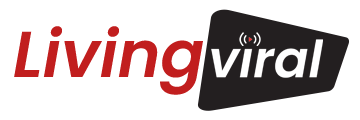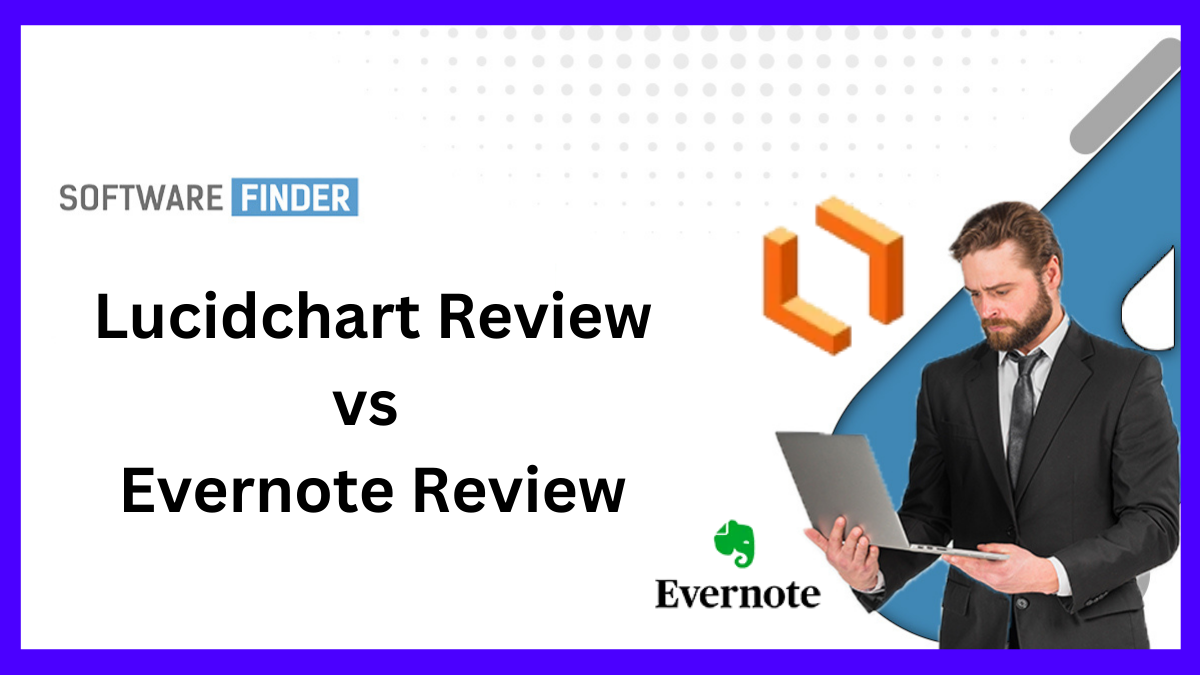In today’s digital age, we have access to a plethora of software solutions that can help us stay organized and boost productivity. Two such popular solutions are Lucidchart and Evernote. While Lucidchart is a powerful diagramming tool, Evernote is a versatile note-taking app. In this article, we will compare the features, pricing, user interface, and overall effectiveness of Lucidchart and Evernote.
Overview of Lucidchart
Lucidchart is a cloud-based diagramming software that enables users to create professional-looking diagrams, flowcharts, mind maps, and other visual aids. Lucidchart Review offers a vast library of pre-built templates and shapes, making it easy for users to get started quickly. The software integrates with popular third-party tools like G Suite, Slack, and Dropbox, allowing users to collaborate and share diagrams seamlessly.
Overview of Evernote
Evernote is a cross-platform note-taking app that lets users create and organize notes, web clippings, images, and audio recordings. It also offers features like reminders, to-do lists, and tags, making it easy to keep track of important information. The app is available on desktop and mobile platforms, and it syncs across all devices, ensuring that users have access to their notes anytime, anywhere.
Features Comparison
Lucidchart is primarily a diagramming tool, so it offers a wide range of features to create and customize diagrams. Users can choose from a variety of shapes and symbols, import data from spreadsheets, and add images and icons to make their diagrams more visually appealing. Lucidchart also allows users to collaborate in real-time, comment on diagrams, and share them easily.
Evernote, on the other hand, offers a range of features beyond note-taking. Users can create to-do lists, set reminders, and tag notes to make them easier to find. It also offers web clipping and scanning features, allowing users to save articles, receipts, and documents for future reference. Evernote Review also has a powerful search function, making it easy to find notes quickly.
Pricing Comparison
Lucidchart offers a free plan with limited features, making it ideal for individuals and small teams. However, to access advanced features like Visio import and custom templates, users need to upgrade to a paid plan. Lucidchart’s paid plans start at $7.95 per month per user for the basic plan and go up to $27.95 per month per user for the team plan.
Evernote also offers a free plan, but it limits the number of devices that can be synced and the amount of data that can be uploaded. To access advanced features like offline access, PDF annotation, and team collaboration, users need to upgrade to a paid plan. Evernote’s paid plans start at $7.99 per month for the premium plan and go up to $14.99 per month for the business plan.
User Interface Comparison
Lucidchart has a clean and intuitive interface that makes it easy for users to create and edit diagrams. The toolbar is well-organized, and the drag-and-drop functionality allows users to add shapes and symbols with ease. The software also offers keyboard shortcuts and quick access to frequently used tools, making the workflow efficient.
Evernote’s interface is also user-friendly, with a simple and minimalist design. The app offers a variety of note-taking formats, including text, images, and audio recordings. The search bar is prominently displayed, and the tags and notebooks make it easy to organize and find notes. However, some users may find the interface cluttered due to the number of features offered.
Overall Effectiveness Comparison
Lucidchart is a powerful diagramming tool that offers a vast array of features, making it an excellent choice for businesses and organizations. It enables users to create professional-looking diagrams quickly and easily, collaborate in real time, and share diagrams with others. The software’s integrations with third-party tools also make it easy to incorporate diagrams into other workflows.
Evernote, on the other hand, is a versatile note-taking app that can be used for personal and professional purposes. Its features like reminders, to-do lists, and tags make it easy to organize and find notes. The app’s search functionality is also powerful, enabling users to find information quickly.
Overall, both Lucidchart and Evernote are excellent software solutions, but they serve different purposes. Lucidchart is best for creating diagrams and flowcharts, while Evernote is best for note-taking and organization. Depending on your needs, one may be a better fit for you than the other.

